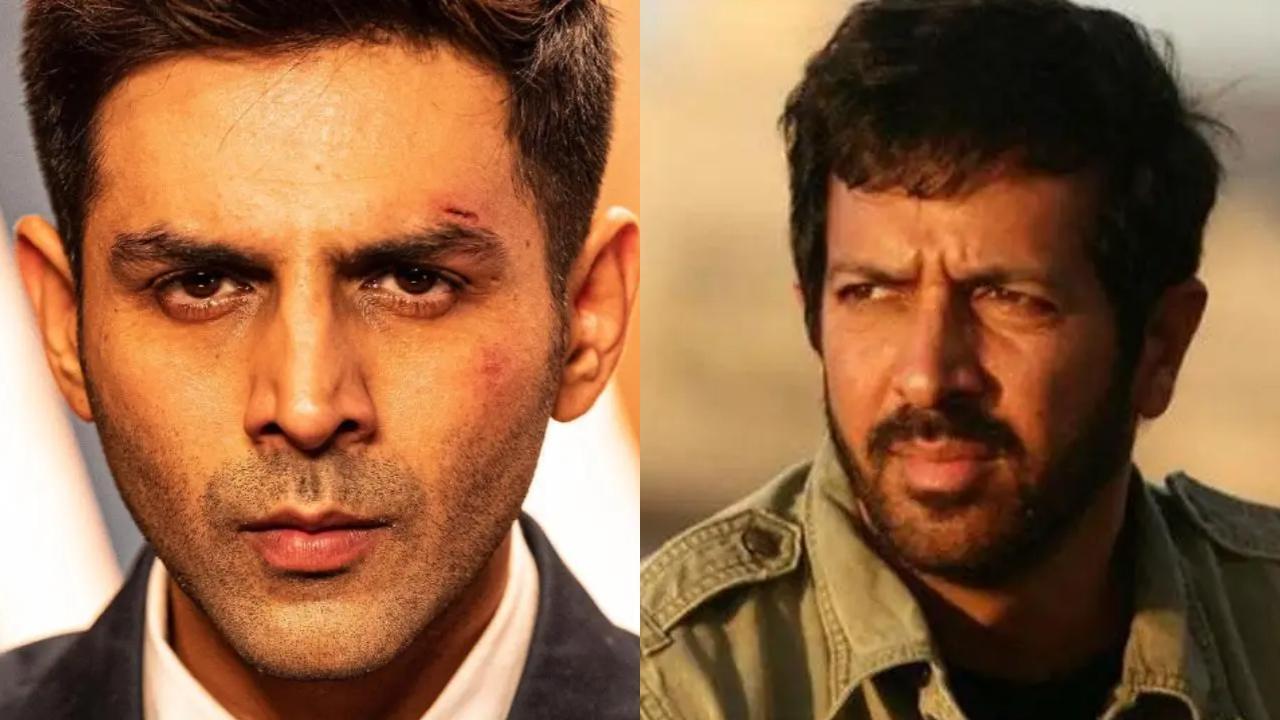
In the pulsating heart of the Indian film industry, where the dream merchants churn out celluloid fantasies, a crucial conversation is gaining momentum. It’s a dialogue surrounding the financial sustainability of movies, particularly focusing on ballooning star fees and the exorbitant costs of their entourages. Luminaries like actor Kartik Aaryan and acclaimed director Kabir Khan have weighed in on this critical issue, underscoring its urgent relevance in today’s cinematic landscape.
Kartik Aaryan and Kabir Khan both acknowledge the importance of scrutinizing movie budgets, a topic that has stirred much debate among industry insiders. The discourse appears timely, given the string of big-budget flops that have plagued Bollywood recently. Aaryan, a prominent actor in contemporary cinema, and Khan, known for helming blockbusters such as “Ek Tha Tiger” and “Bajrangi Bhaijaan”, believe that revisiting financial norms could be the way forward.
Aaryan, whose star has been steadily rising, highlighted that a film’s financial structure must make sense for everyone involved. “When a film releases, multiple rights come into play—distribution, satellite, digital, and more. These contribute to the financial pool. If the star value and overall project generate profit, then the math works out. If not, then it’s essential for everyone to reconsider their take—it’s a prudent debate,” Aaryan stated in an interview with PTI.
Kabir Khan reflected on the significant transformations within the industry post-pandemic. He remarked, “There’s been a positive and necessary turn in this debate. The change in audience patterns, their reluctance to return to theaters, has sparked essential questions—if theater footfalls are diminishing, where else can we generate revenue?”
This discussion is not just academic but practical, as real financial strains are visible. Several high-profile films have underperformed at the box office, bringing to the fore questions about hefty star remunerations and the costs associated with their contingent. The entourage—personal assistants, managers, trainers, stylists—all add to the mounting expenses, making profitability a challenging equation.
Analysts within the industry have echoed similar sentiments. It’s noted that while big names pull in initial audiences, it’s the movie’s content and overall production quality that ultimately determine longevity and box office success.
. Overheads, if not managed prudently, could lead to significant financial setbacks.
In an industry where the glamor quotient is immensely high, the behind-the-scenes monetary dynamics become crucial. The call for moderation in fees isn’t just about trimming budgets but also ensuring robustness in storytelling, production quality, and long-term financial health.
Moving on to their projects, Kartik Aaryan’s upcoming film, “Chandu Champion,” has generated a considerable buzz. He portrays Murlikant Petkar, India’s first Paralympic gold medalist, offering audiences a compelling historical narrative. Petkar’s journey of triumph at the 1972 Summer Paralympics in Heidelberg, Germany, is a story of unparalleled grit and perseverance. Despite sustaining severe injuries during the Indo-Pak war of 1965 and being rendered paraplegic, Petkar clinched a gold medal in the 50m freestyle swimming event, setting a world record with a time of 37.33 seconds.
Petkar’s extraordinary accomplishment, listed at the then-record time of 38.19 seconds, is not just a tale of personal victory but a landmark moment in India’s sporting history. The film promises to bring this inspirational story to life, offering a rich tapestry of heroism and unwavering spirit.
Kabir Khan, known for his adept storytelling, continues to explore stories that resonate deeply with audiences, often blending rich narratives with commercial viability. His films have historically struck a chord, balancing critical acclaim with box office success.
The conversation Kartik Aaryan and Kabir Khan have ignited is thus as much about artistic integrity and fiscal responsibility as it is about navigating the new cinematic landscape post-pandemic. By addressing these concerns head-on, they suggest a recalibration that’s necessary for Bollywood to sustain its global appeal and ensure financial health.
As the cinema world pauses to reflect, it’s clear that this debate is far from over. The stakes are high, but so is the potential for meaningful change, ensuring that Bollywood’s future is both artistically vibrant and financially prudent.
With inputs from PTI, the focus on this debate underscores the evolving economics of movie-making, driving home the need for a balanced approach to stardom and sustainability.












